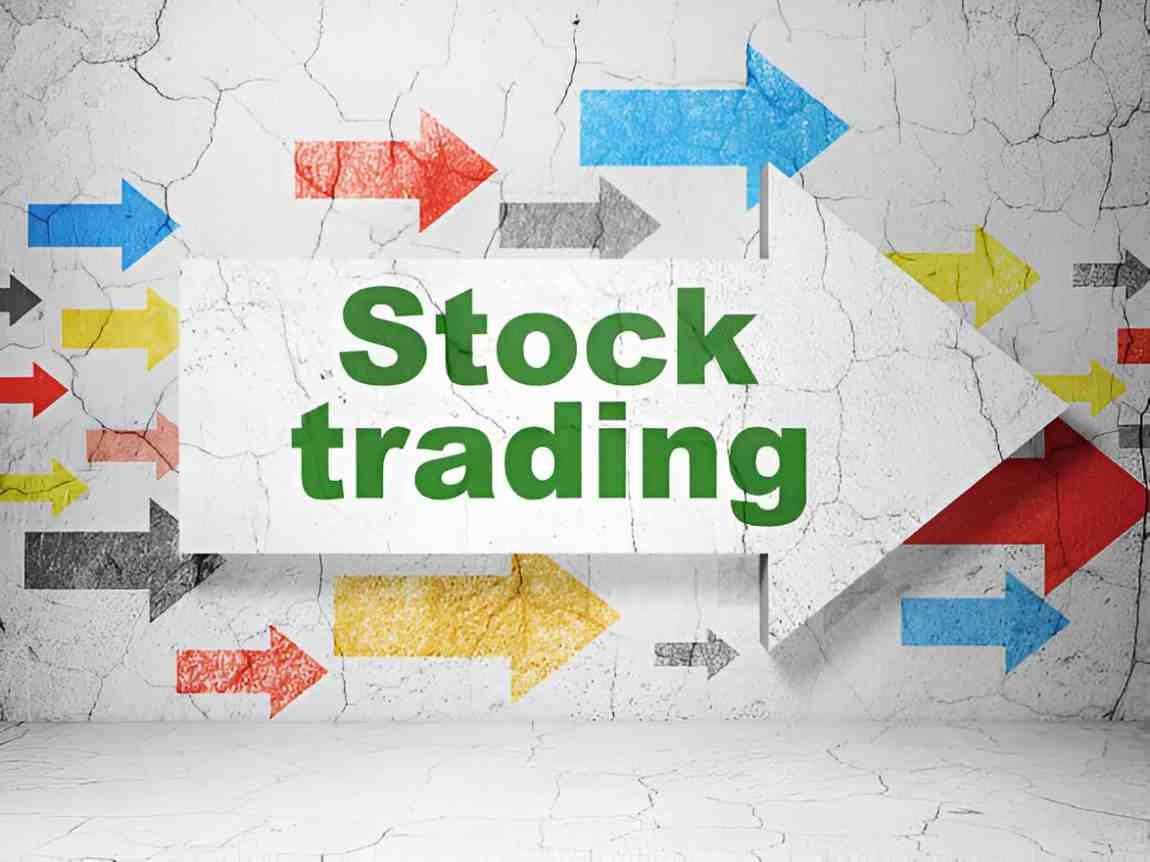As someone who has spent years working in finance and accounting, I’ve come to appreciate the importance of understanding the nuts and bolts of business assets. One of the most critical yet often misunderstood components is stock-in-trade. Whether you’re a small business owner, an aspiring entrepreneur, or simply someone curious about how businesses manage their inventory, this article will guide you through the essentials of stock-in-trade. I’ll break down the concept, explain its significance, and provide practical examples to help you grasp its role in business operations.
Table of Contents
What Is Stock-In-Trade?
Stock-in-trade, also known as inventory, refers to the goods a business holds for the purpose of resale. These are the products you see on store shelves, the raw materials waiting to be transformed into finished goods, or the items stored in a warehouse awaiting shipment. For example, if you run a clothing store, the shirts, pants, and shoes you sell are your stock-in-trade.
Understanding stock-in-trade is crucial because it directly impacts your business’s financial health. It ties into cash flow, profitability, and even tax obligations. Let’s dive deeper into why this concept matters.
Why Stock-In-Trade Matters
1. Cash Flow Management
Stock-in-trade represents money tied up in inventory. If you have too much stock, you’re essentially sitting on idle cash that could be used elsewhere in your business. On the other hand, too little stock can lead to lost sales and unhappy customers. Striking the right balance is key.
2. Profitability
The cost of goods sold (COGS) is directly tied to your stock-in-trade. COGS is calculated as:
COGS = \text{Beginning Inventory} + \text{Purchases} - \text{Ending Inventory}This formula shows how inventory levels affect your gross profit. For instance, if your beginning inventory is $10,000, you purchase $5,000 worth of goods, and your ending inventory is $7,000, your COGS would be:
COGS = 10,000 + 5,000 - 7,000 = 8,000A lower COGS means higher gross profit, which is why efficient inventory management is vital.
3. Tax Implications
In the U.S., the Internal Revenue Service (IRS) requires businesses to report their inventory for tax purposes. The value of your stock-in-trade affects your taxable income. For example, if you overstate your ending inventory, you’ll understate your COGS, leading to higher taxable income.
Types of Stock-In-Trade
Stock-in-trade can be categorized into three main types:
- Raw Materials: These are the basic components used to create finished products. For example, a bakery’s raw materials include flour, sugar, and eggs.
- Work-In-Progress (WIP): These are partially completed goods. Using the bakery example, WIP would include dough that’s been mixed but not yet baked.
- Finished Goods: These are the final products ready for sale. In the bakery’s case, finished goods would be the loaves of bread and pastries on display.
Understanding these categories helps you track inventory more effectively and make informed decisions.
Calculating Stock-In-Trade
To manage stock-in-trade effectively, you need to know how to calculate its value. The most common methods are:
1. First-In, First-Out (FIFO)
FIFO assumes that the oldest inventory is sold first. This method is particularly useful in industries where products have a limited shelf life, such as food or pharmaceuticals.
For example, suppose you purchased 100 units of a product at $10 each in January and another 100 units at $12 each in February. If you sell 150 units in March, under FIFO, your COGS would be:
COGS = (100 \times 10) + (50 \times 12) = 1,000 + 600 = 1,6002. Last-In, First-Out (LIFO)
LIFO assumes that the newest inventory is sold first. This method can be beneficial during periods of inflation, as it results in higher COGS and lower taxable income.
Using the same example, under LIFO, your COGS would be:
COGS = (100 \times 12) + (50 \times 10) = 1,200 + 500 = 1,7003. Weighted Average Cost
This method calculates the average cost of all units in inventory. The formula is:
\text{Weighted Average Cost} = \frac{\text{Total Cost of Inventory}}{\text{Total Units in Inventory}}Continuing with the example, the total cost of inventory is:
100 \times 10 + 100 \times 12 = 1,000 + 1,200 = 2,200The total units in inventory are 200, so the weighted average cost per unit is:
\frac{2,200}{200} = 11If you sell 150 units, your COGS would be:
150 \times 11 = 1,650Each method has its pros and cons, and the choice depends on your business’s specific needs and the regulatory environment.
Stock-In-Trade vs. Fixed Assets
It’s important to distinguish between stock-in-trade and fixed assets. While stock-in-trade is meant for resale, fixed assets are long-term resources used to generate income, such as machinery, buildings, or vehicles.
For example, if you own a delivery truck, it’s a fixed asset. But if you’re a car dealership, the trucks on your lot are stock-in-trade. This distinction affects how you account for these items on your balance sheet.
Managing Stock-In-Trade Effectively
Effective inventory management is a balancing act. Here are some strategies I’ve found useful:
1. Regular Audits
Conducting regular physical counts of your inventory ensures that your records match reality. Discrepancies can indicate issues like theft, damage, or administrative errors.
2. Just-In-Time (JIT) Inventory
JIT is a strategy where you keep inventory levels low and order goods only as needed. This reduces holding costs but requires reliable suppliers.
3. ABC Analysis
This method categorizes inventory into three groups:
- A: High-value items that contribute the most to revenue.
- B: Moderate-value items.
- C: Low-value items that contribute the least.
Focusing on “A” items ensures you prioritize what matters most.
4. Technology Solutions
Inventory management software can automate tracking, reduce errors, and provide real-time insights. Tools like QuickBooks or TradeGecko are popular choices.
Real-World Example: A Small Retail Business
Let’s consider a small retail business selling electronics. Suppose the business starts the year with $20,000 worth of inventory, purchases $50,000 worth of goods during the year, and ends the year with $15,000 worth of inventory.
Using the COGS formula:
COGS = 20,000 + 50,000 - 15,000 = 55,000If the business generates $100,000 in revenue, its gross profit would be:
\text{Gross Profit} = \text{Revenue} - COGS = 100,000 - 55,000 = 45,000This example illustrates how inventory management directly impacts profitability.
Common Challenges and Solutions
1. Overstocking
Holding too much inventory ties up cash and increases storage costs. To avoid this, analyze sales trends and adjust orders accordingly.
2. Stockouts
Running out of stock can lead to lost sales and dissatisfied customers. Maintaining a safety stock level can help mitigate this risk.
3. Obsolescence
Products can become outdated or unsellable. Regularly review your inventory and discount or dispose of obsolete items.
The Role of Stock-In-Trade in Financial Statements
Stock-in-trade appears on the balance sheet as a current asset. It’s also a key component of the income statement through COGS. Here’s how it fits into the bigger picture:
| Financial Statement | Role of Stock-In-Trade |
|---|---|
| Balance Sheet | Listed as a current asset |
| Income Statement | Used to calculate COGS |
| Cash Flow Statement | Affects operating cash flow |
Conclusion
Navigating stock-in-trade is a fundamental aspect of running a successful business. By understanding its role, calculating its value, and managing it effectively, you can optimize your operations, improve profitability, and ensure compliance with tax regulations. Whether you’re just starting out or looking to refine your inventory management practices, I hope this guide has provided you with the insights you need to make informed decisions.





